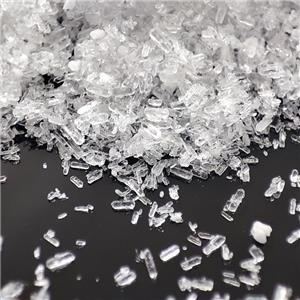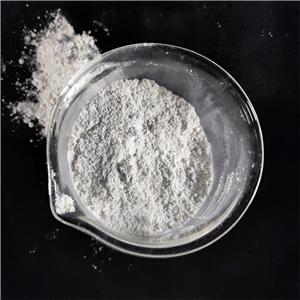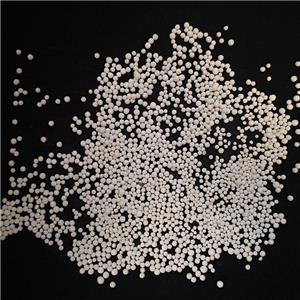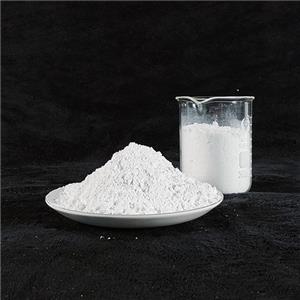-
3007-2025
What is antimony used for in electronics?
Antimony, a lustrous gray metalloid with the atomic number 51, plays several critical but often overlooked roles in modern electronics.
-
2807-2025
Is antimony trioxide a flame retardant?-2
As a flame retardant, antimony trioxide is recognized as one of the most important inorganic flame retardant synergists.
-
2507-2025
Is antimony trioxide a flame retardant?
As a flame retardant, antimony trioxide is recognized as one of the most important inorganic flame retardant synergists.
-
1807-2025
What is antimony trioxide flame retardant used for?
Antimony trioxide (Sb₂O₃) is a widely used flame retardant that plays a crucial role in enhancing the fire resistance of various materials. Due to its effectiveness and compatibility with other compounds, it is commonly incorporated into plastics, textiles, and other industrial products to reduce flammability and slow the spread of flames.
-
1607-2025
What is antimony trioxide used for?
Antimony trioxide (Sb₂O₃) is a widely used chemical compound, primarily known for its role as a flame retardant. It is a white crystalline powder that, while not a flame retardant on its own, significantly enhances the effectiveness of halogenated flame retardants in various materials. This article explores its applications, mechanisms, and importance in fire safety.
-
2706-2025
Is magnesium oxide a fertilizer?
Magnesium oxide (MgO) is a valuable magnesium (Mg) fertilizer used in agriculture to correct magnesium deficiencies in crops. While not as immediately soluble as some alternatives, it offers long-term benefits, particularly in certain soil conditions.
-
2506-2025
What is talc mainly used for?
Talc is a soft mineral composed of magnesium, silicon, and oxygen (Mg₃Si₄O₁₀(OH)₂). Due to its unique properties—such as softness, lubricity, chemical inertness, and moisture absorption—it has a wide range of industrial, commercial, and cosmetic uses.
-
2306-2025
What is talc used for in paint?
Talc (magnesium silicate hydroxide) is a widely used mineral additive in the paint and coatings industry due to its unique physical and chemical properties. It serves multiple functions, from improving paint performance to reducing production costs.
-
1806-2025
What is magnesium oxide commonly used for?
Magnesium oxide (MgO), also known as magnesia, is a white, hygroscopic solid with a high melting point and excellent thermal and electrical insulation properties.
-
1606-2025
What is calcium carbonate filler used for?
Calcium Carbonate Filler (CaCO₃) is one of the most widely used mineral fillers across multiple industries due to its cost-effectiveness, versatility, and ability to enhance material properties. It is derived from natural sources such as limestone, marble, and chalk, or produced synthetically through precipitation.




